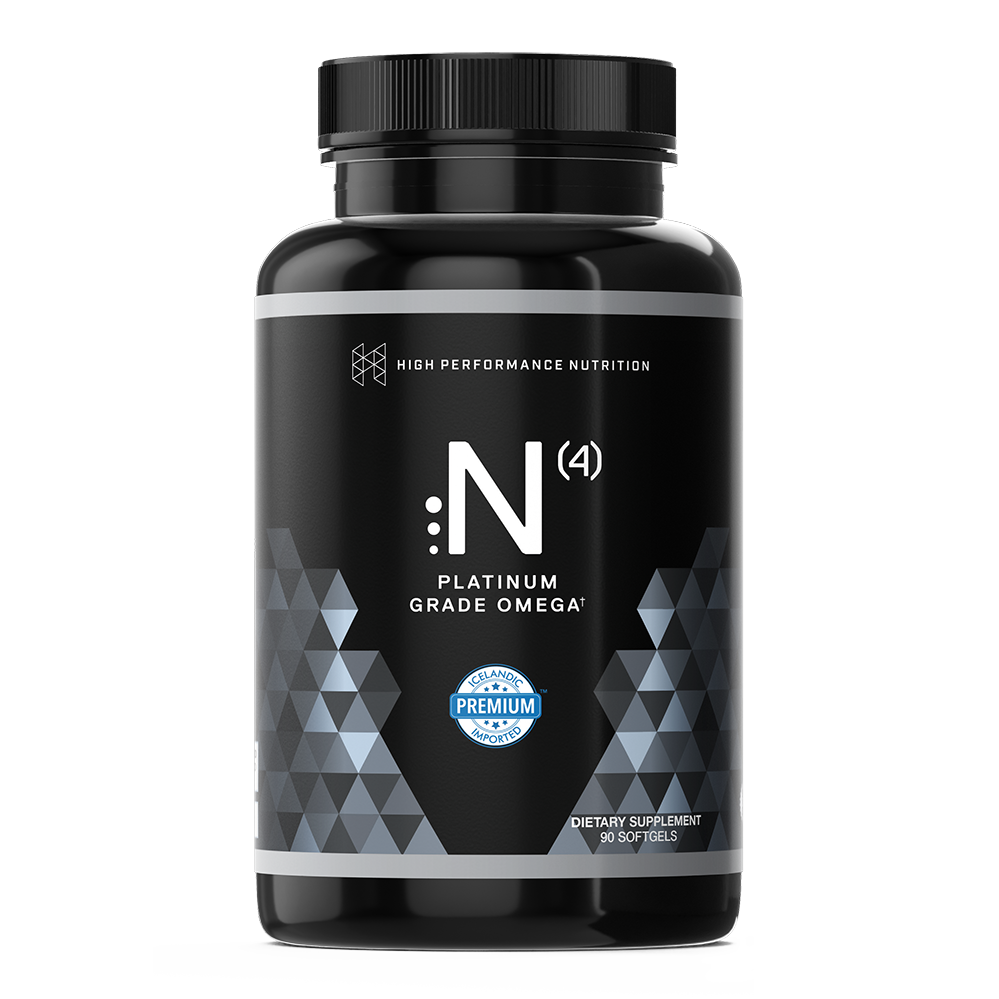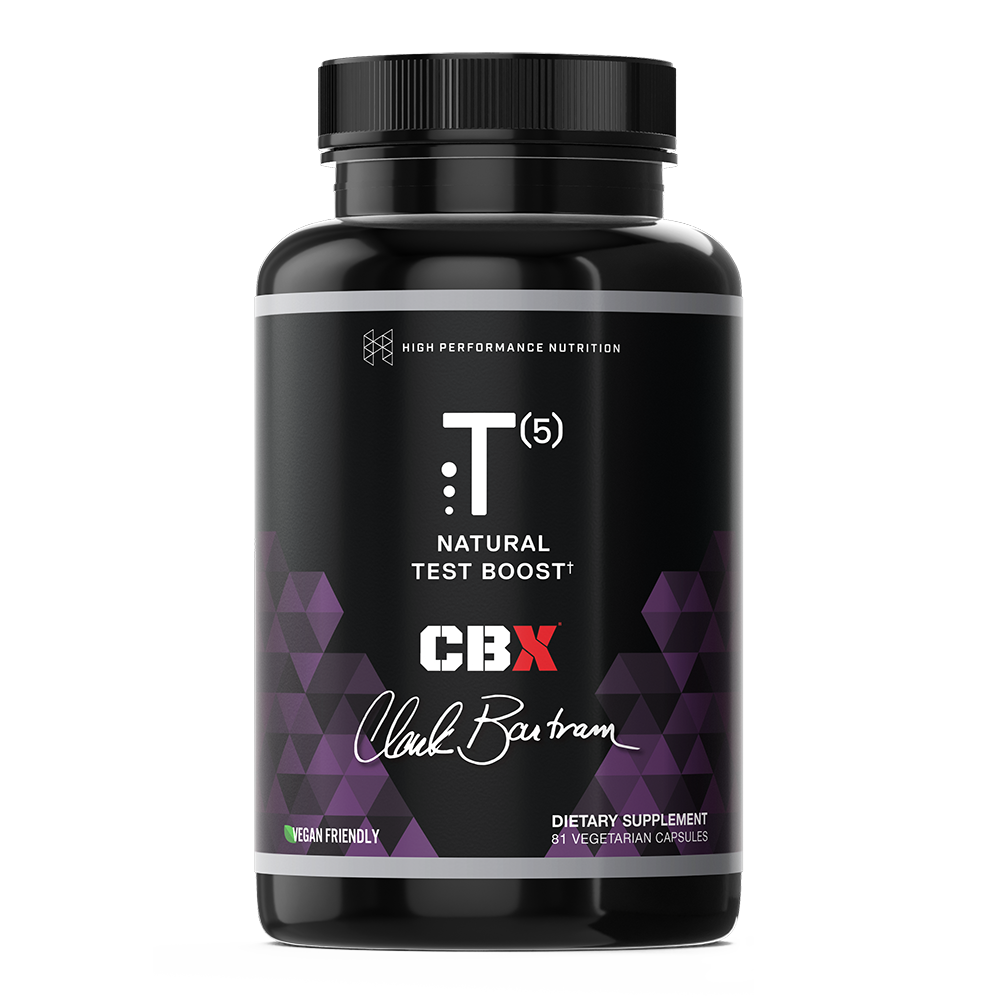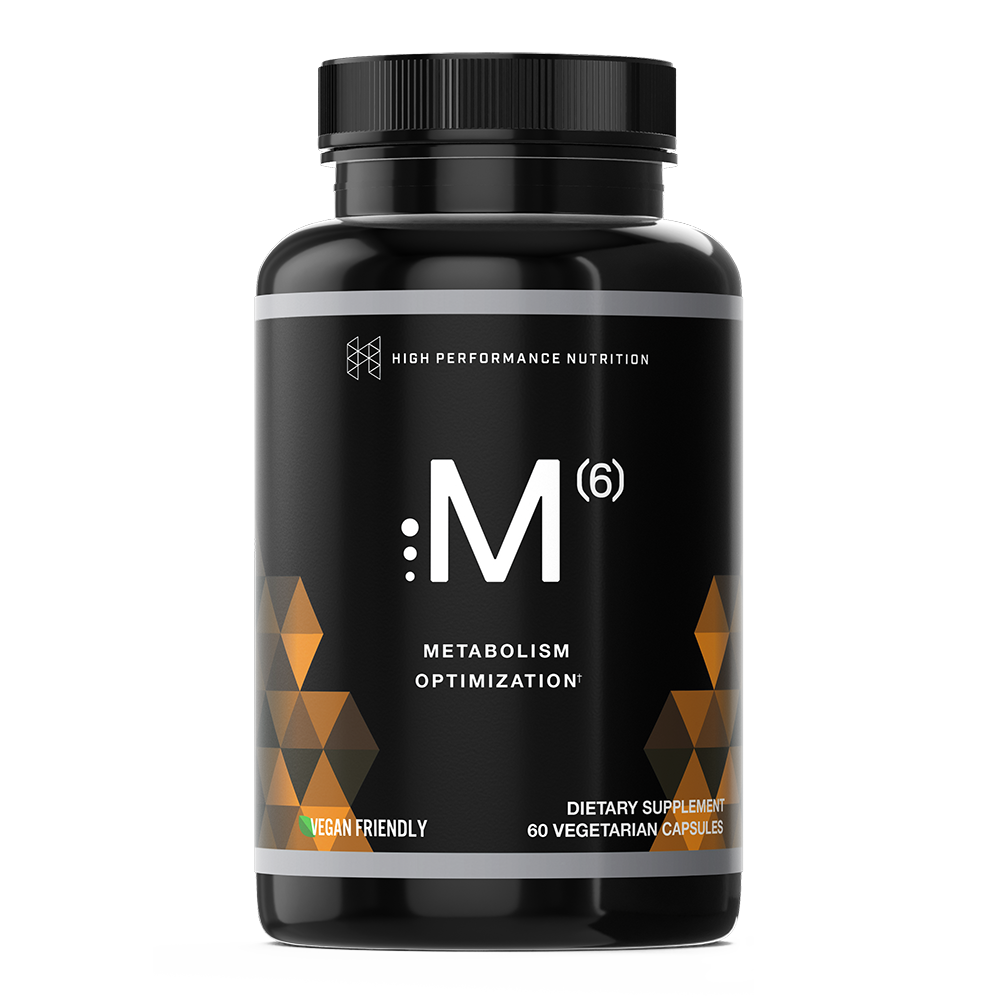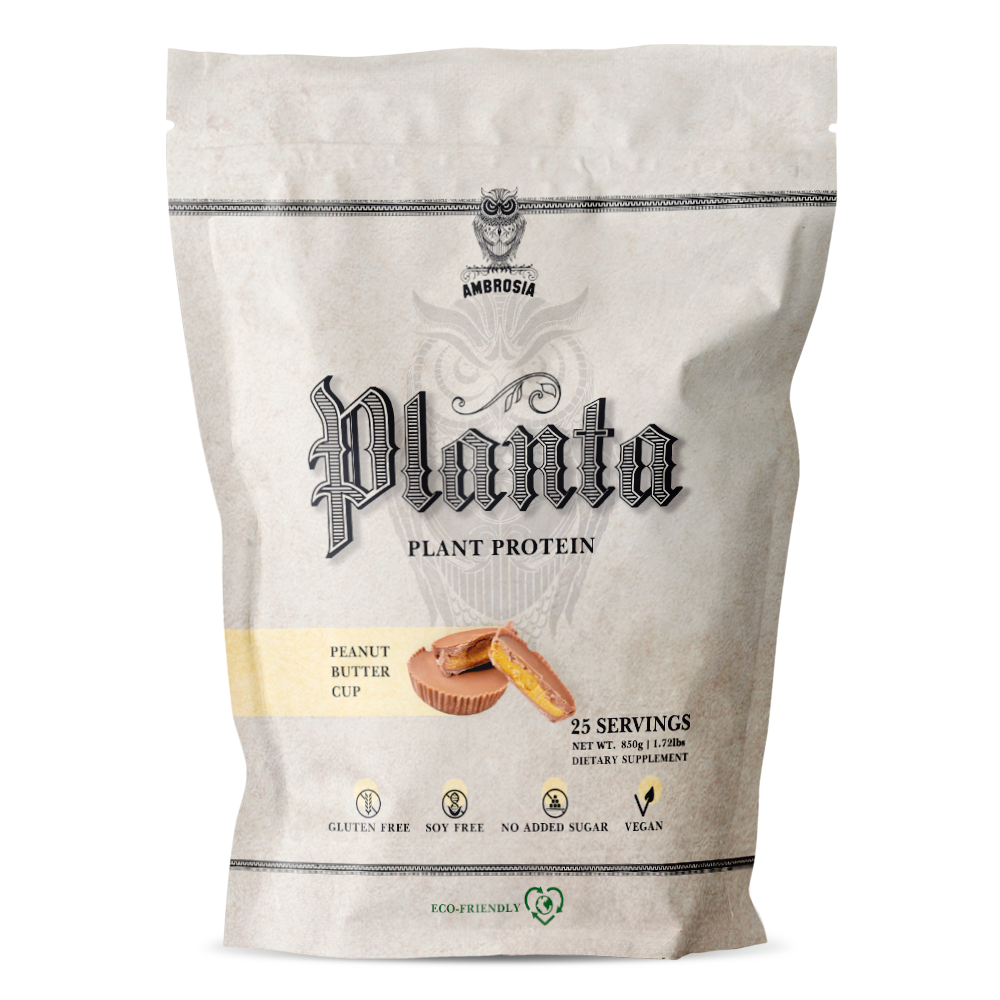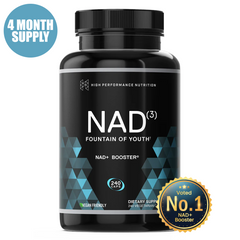The Long Term Impact of Sarcopenia

Aging is an evitable aspect of living. As human beings our bodies are constantly changing as we age. Every aspect of our body is affected by aging and our muscles are no exception.
Hi, I’m Sean Torbati. Of all bodily functions our muscles are one of the most susceptible to aging. As we grow older muscle quantity and quality undergo vast changes which affect several different aspects of our health.
The long term ramifications of sarcopenia go far beyond muscle development and can negatively impact several other functions of the body. Although muscle loss is inevitable to a degree, there are precautions that can be taken to reduce overall impact and atrophy.
Let’s take a closer look at why sarcopenia occurs and what steps can be taken to minimize its effects long term.

What is Sarcopenia?
Sarcopenia is characterized by changes to muscle quantity and quality—each of which can affect overall functional performance (1). Each of these adverse changes related to muscle quantity and quality fall under the category of sarcopenia.
Typically, sarcopenia can be diagnosed by a number of risk factors including (2):
- Low muscle mass
- Low muscle strength
- Lower physical performance
Muscle loss occurs slower prior to the age of 50. From the ages of 50 to 80 many people can experience up to 40% muscle loss. The good news is that there are steps that can be taken to minimize muscle loss as we age over time.
Causes of Sarcopenia
There is no one cause of sarcopenia, but the following factors contribute to it over time:
- Senescence of satellite cells: as we age satellite cells are unable to proliferate, decreasing the ability to repair skeletal muscle (3).
- Oxidative stress: risk factors such as increased blood pressure and increased LDL cholesterol can lead to oxidative stress causing DNA fragmentation and cell death (4).
- Chronic inflammation: chronic, low-grade inflammation can contribute to sarcopenia (5).
Age-related muscle loss goes beyond physical appearance and can increase risk factors for various other illnesses and diseases.
Effects of Sarcopenia
Minimizing muscle loss is critical for maintaining a high level of overall health and well-being. Age-related muscle loss can contribute to other bodily disorders and dysfunctions including (1):
- Increased risk of obesity
- Reduced metabolic health
- Increased fat storage
- Weaker bone density and increased risk of physical injury
Practicing resistance training on a consistent basis can help to delay the onset of sarcopenia (6). By helping to maintain muscle mass and minimizing fat gain—sarcopenia can decrease the risk of obesity in aging populations. Therefore, it is advisable to continue practicing regular resistance training throughout the course of your lifetime.

How You Can Prevent Sarcopenia
Muscle loss and sarcopenia is an inevitable aspect of human existence. Performing regular and consistent resistance training is one of the most effective methods of lowering the risk of sarcopenia.
Maintaining muscle mass and strength requires a fine balance between anabolic and catabolic processes. mTOR is known to play a vital role in protein synthesis and maintenance of muscle mass. mTOR works by sensing various environmental and intracellular changes such as nutrient availability and energy status (7).
Research has suggested that improving mTOR signaling can provide therapeutic benefits related to boosting skeletal muscle growth and prevention of muscle loss. You might be wondering how you can boost mTOR?
PA7 is the answer you’ve been searching for. As one of the most sought after muscle enhancers in the world—PA7 activates the mTOR pathway by boosting protein synthesis. It works by improving skeletal muscle hypertrophy, increasing lean body mass, and increasing maximal strength (8).
If you want to see faster results and decrease your risk of sarcopenia and age-related muscle loss—look no further than PA7. To learn more be sure to visit our website for additional information.
Reference:
- https://www.ncbi.nlm.nih.gov/pmc/articles/PMC6431367/
- https://www.ncbi.nlm.nih.gov/pmc/articles/PMC6431367/#B5
- https://www.ncbi.nlm.nih.gov/pmc/articles/PMC6431367/#B14
- https://www.ncbi.nlm.nih.gov/pmc/articles/PMC6431367/#B21
- https://www.ncbi.nlm.nih.gov/pmc/articles/PMC6431367/#B28
- https://www.ncbi.nlm.nih.gov/pmc/articles/PMC6431367/#B97
- https://www.ncbi.nlm.nih.gov/pmc/articles/PMC5650960/
- https://v.fastcdn.co/u/34048769/28594917-0-Phosphatidic-acid-su.pdf


